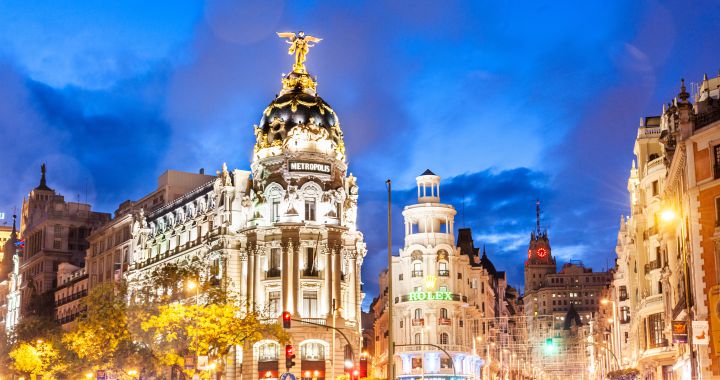Day and night are complementary at all levels. In fact, we need darkness to live: the night marks our biological cycles and it is essential for our rest and well-being. And despite this, urban life has led us to try to eradicate it at all costs, so that the border between day and night often blurs to the point of becoming practically anecdotal.
The consequences for wildlife are obvious. Light pollution affects the sleep cycles of different species, severely impairs migration, causes disorientation and changes in breeding habits. Ultimately, mortality also increases in nocturnal species due to increased exposure to predators. And many animals prefer night to day: it is estimated that about 30% of vertebrates and more than 60% of invertebrates they are nocturnal
And in humans? As distorted as our modern life is, we are animals after all. Tiredness, nervousness and problems like depression or anxiety They are often directly related to light pollution. Likewise, various studies have established a link between light pollution and an increased risk of suffering from pathologies such as diabetes, obesity or cancer.
There are also those who have calculated the economic impact of an excess of artificial light. According to the study The economics of global light pollution published in 2010 in the journal Ecological Economics, the impacts of light pollution on health, wildlife, astronomical observation and, above all, energy consumption, are timelyand $7 billion a year. A high bill that some cities are starting to think about ways to reduce.
Beyond the economic stakes, the data invite reflection. According to the Institute of Light Pollution Science and Technology60% of the inhabitants of the European Union do not see the Milky Way due to excessive artificial light. A relatively recent situation: according to the International Dark Sky Association (IDA), everyone had access to a starry night sky less than 100 years ago.
Light, light and more light
Spain is the third European country with the highest light pollution rate, only surpassed by Greece and Malta. Despite everything, we are far from being at the top of the ranking. The most light-polluted country is Singapore, followed by Kuwait, Qatar, the United Arab Emirates, Saudi Arabia, South Korea and Israel. On the other side are several African countries, the least polluted by light on the planet. They are Chad, Central African Republic and Madagascar, where more than three-quarters of the population lives under dim artificial lighting after dark.
Earth, night. / Getty Images
All of these contrasts are seen very clearly on pages like Earth at Night, which allow you to see the levels of light pollution in every corner of the planet. And although the concretes of Asia and Middle East are the most extreme, the case of Europe is particularly striking: an immense and brilliant light extends over practically the entire territory, with particular intensity in the large urban centers such as Madrid, London, Paris or Amsterdam.
Faced with this problem, more and more cities are committed to reducing light pollution, trying not to compromise aspects such as safety. Streetlights that only come on when passing by, reduce the intensity of lighting, turn off shop windows… The list of possible actions is long. In addition, initiatives such as the European STARS4ALL project advocate raising citizens’ awareness of the importance of take back the night sky In the end, and as with almost everything, becoming aware of a problem is everyone’s business.

